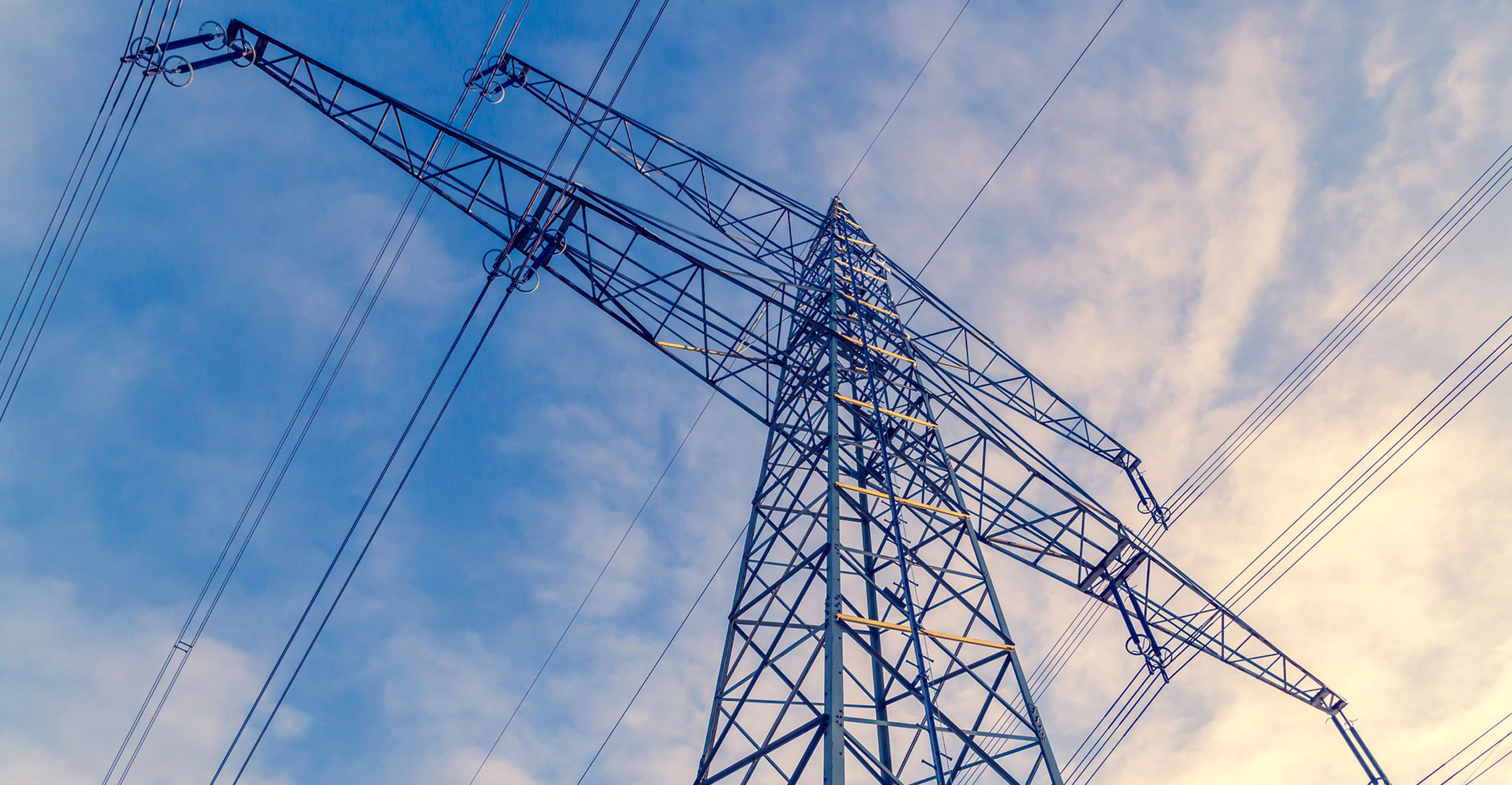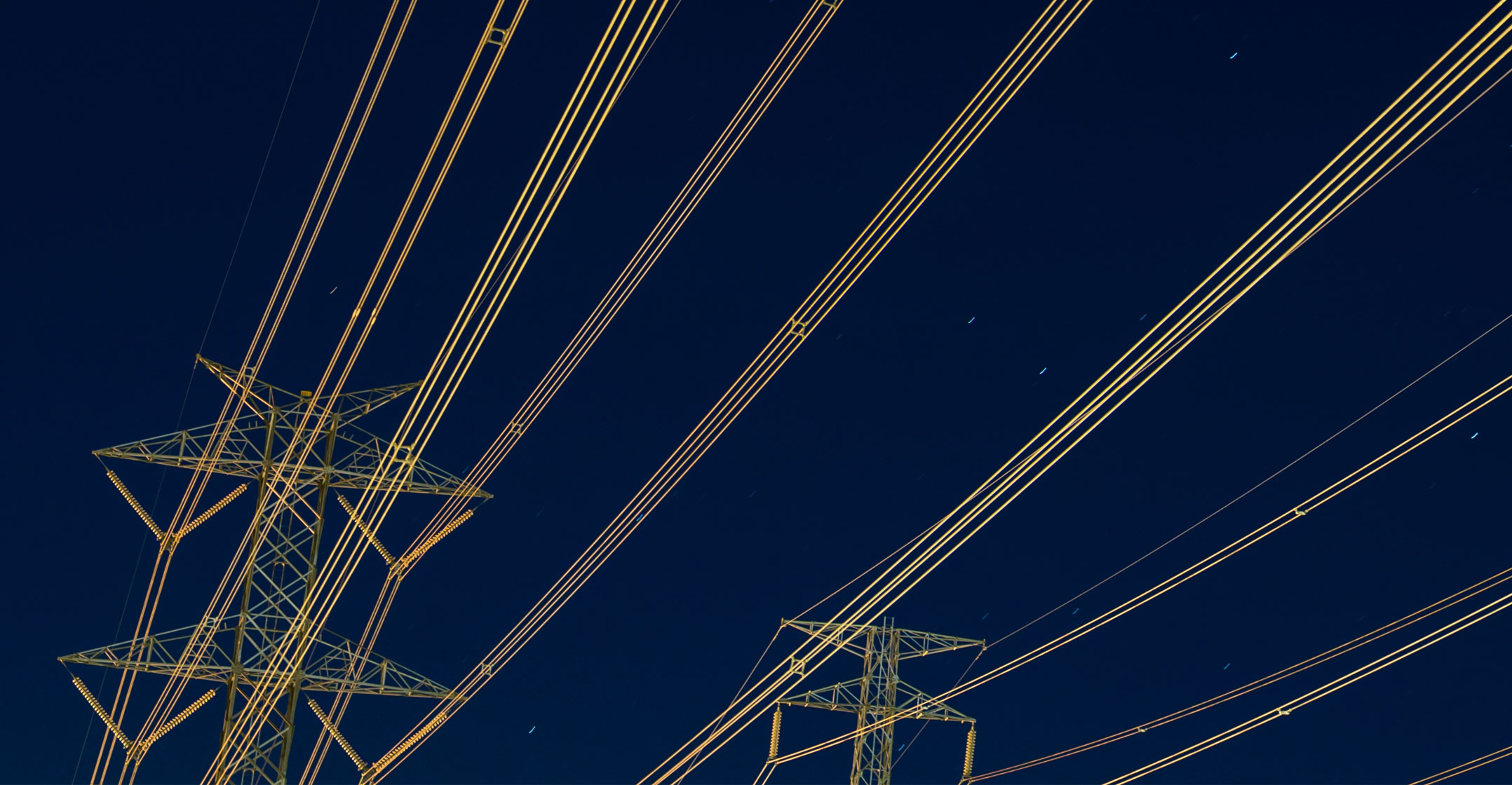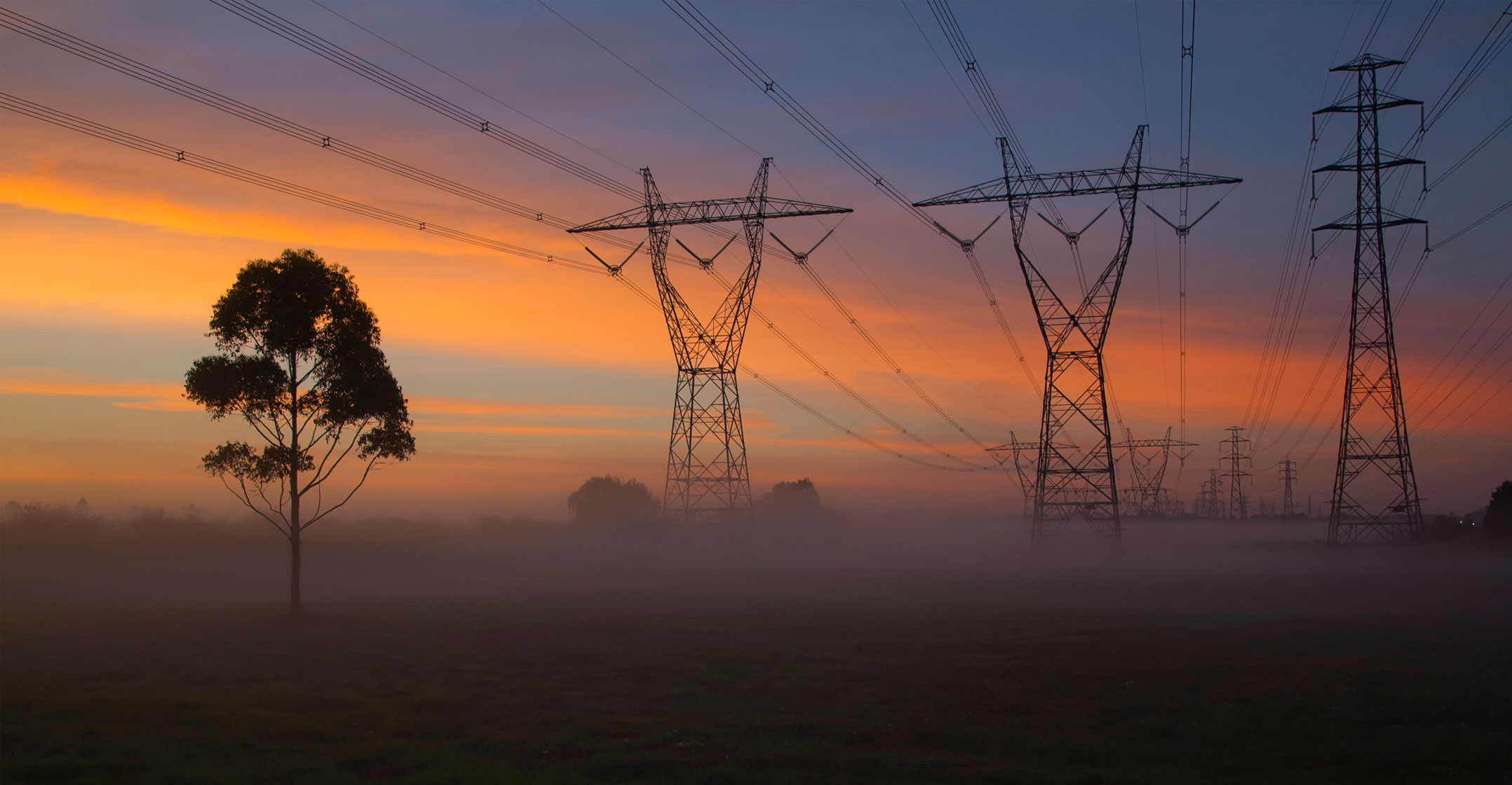 Sometime between 6am and 9am on Saturday morning, Eskom rapidly lost 1GW of supply from the Cahora Bassa hydro scheme in Zambia.
Sometime between 6am and 9am on Saturday morning, Eskom rapidly lost 1GW of supply from the Cahora Bassa hydro scheme in Zambia.
Ordinarily, the utility receives around 1.5GW of imported power.
In a statement on Sunday afternoon, it described this as a “major incident in Zambia that affected the entire Southern African Power Pool (SAPP)”.
According to publicly available information published by Eskom, the amount of imported power received dropped from: 1 491MW at 6am to 1 045MW at 7am to 729MW at 8am.
Presumably this dropped even further after 8am (Eskom only publishes data as at each hour). This does not seem all that sudden, but this supply is relatively stable and Eskom banks on this. By 9am, the amount of power supplied by the scheme had returned to normal (1 498MW). It has remained steady ever since.
How, then, did a temporary loss of imported electricity on Saturday morning plunge the country into stage-4 load shedding for this entire week?
The reality is the system operator is skating a very fine line when it comes to managing Eskom’s operating reserve.
Buffer
Eskom requires an operating reserve of 2.2GW. This means it requires 2.2GW more electricity generated than demanded. This buffer allows it to balance the power system when units trip. For instance, a 794MW unit at Medupi which could be generating 700MW at the time could trip and the operating reserve gives Eskom the breathing room to react to the trip – by using pumped storage or open-cycle gas turbines (OCGTs) to supplement supply at short notice.
Power systems operate at a specific frequency. In Eskom’s case, this is 50Hz. The system can tolerate small swings in either direction (between 49.5Hz and 50.5Hz), but if there is a large loss of generation, the remaining generators in the system cannot carry the load. Without any response, the result of this is that the remaining operating generators will slow down and then trip.
The sequence of events following the alleged sudden loss of generation capacity in Zambia on Saturday is critical.
Energy expert Chris Yelland has reported that the frequency of the pool dropped to 49.31 Hz. This is noticeably below the normal range
Energy expert Chris Yelland has reported that the frequency of the pool dropped to 49.31 Hz. This is noticeably below the normal range, which can tolerate drops to around 49.5Hz, providing there are responses from Eskom (but above the threshold of 49Hz).
Eskom group executive for transmission Segomoco Scheepers said a preliminary investigation shows this was a “culmination of a number of small incidents”. The investigation is being led by the SAPP coordination centre in Harare.
Scheepers noted that Zambia experienced a blackout over the weekend. At this point, it lost 2GW of supply. He said “power swings were observed between Zambian and Zimbabwean networks” resulting in “over-frequency”, which at one point reached 54Hz in Zambia. This caused generators to trip in Zambia, and the interconnector to trip between Zambia and Zimbabwe.
This then caused “over-frequency” in Zimbabwe, which then impacted the interconnector to South Africa, resulting in the loss of 1GW of imports.
 Scheepers noted that at the point these events happened, Eskom was already load shedding in stage 2.
Scheepers noted that at the point these events happened, Eskom was already load shedding in stage 2.
Earlier this week, the system operator had thought that the drop in frequency tripped a unit (600MW) at Tutuka. This would ordinarily be a material event where the stability of the grid is in serious question.
Scheepers said it has been established that the trip at Tutuka was not caused by the incidents north of our borders.
Eskom, like other utilities, has various safeguards in place to prevent grids becoming unstable.
Given the size of the system (the SAPP is roughly 50GW), Eskom’s primary safeguard is its pumped storage schemes. These can generate a significant amount of power instantly, as sluices are opened (if, of course, the storage dams are full).
One of the major risks with Eskom using storage schemes as baseload capacity is that these dams are not full and, therefore, this capacity is not instantly available.
Diesel OCGTs are also a useful response.
Eskom can also instantly cut supply to large customers through its instantaneous and supplemental demand response programmes (it compensates these customers for these events).
The final option is to reduce load, in other words to implement load shedding or to go to a higher stage of load shedding, as happened on Monday when Eskom announced it would shift to stage-4 load shedding (from stage 2) at 1pm – with just minutes’ notice.
Back to what happened on Saturday.
Fragile
Yelland reports that on Saturday, the utility’s systems automatically started two generators each at the Drakensberg, Ingula and Palmiet pumped storage schemes as well as at the Acacia and Port Rex OCGT plants. Eskom confirmed this at a briefing on Tuesday.
This can be seen in the public generation data, which shows that pumped storage schemes ramped up from 122MW at 7am to 1 435MW at 8am. It is likely the contribution from these was even higher during this chaotic period.
But its OCGTs contributed just 283MW at 7am and 269MW at 8am. This is a direct consequence of the large amount of diesel being used to keep the lights on. Simply put, Eskom had very little diesel available to run peaking plants.
This is the first major event of this nature that Eskom has publicly disclosed in recent years.
 On one hand, this level of transparency is to be commended, but it shows clearly just how fragile the grid is at present.
On one hand, this level of transparency is to be commended, but it shows clearly just how fragile the grid is at present.
Scheepers said the incident “was resolved in about two hours, or slightly less”. He said “some other incidents occurred at the same time” but that these were not related.
Eskom has to keep some pumped storage generation capacity available at all times and, after Saturday, one can be certain that it’s probably being a little more conservative.
The diesel shortage – because Eskom burnt that much diesel last week – is a major concern because the OCGT plants are effectively useless if they can’t be called on immediately when a unit in Eskom’s coal fleet trips. Eskom noted that the lead time for diesel is six weeks as the country relies on offshore refineries.
The rapid shift from stage 2 to stage 4 on Monday at 1pm was effectively necessitated by the fact that Eskom is simply not currently able to generate between 1GW and 2GW of power at the press of the button by using the peaking plants.
Ironically, the performance of the baseload generating fleet improved through the remainder of Monday. Eskom needs the headroom this week to bring stability back to the grid. Eskom CEO André de Ruyter said yesterday that the utility had managed to recover its pumped storage scheme dams, which after last night are now full. Rolling the dice and eating into the operating reserve is simply not an option until the diesel supply issue is resolved.
- This article was originally published by Moneyweb and is republished by TechCentral with permission




